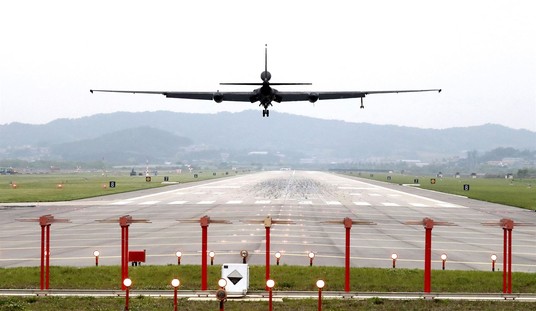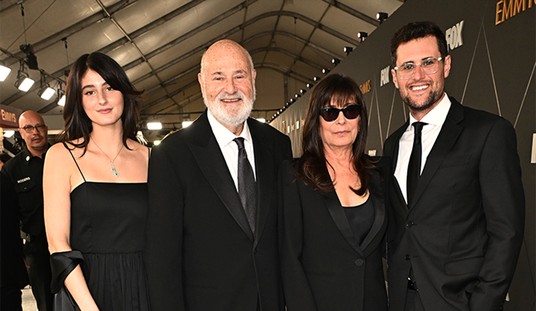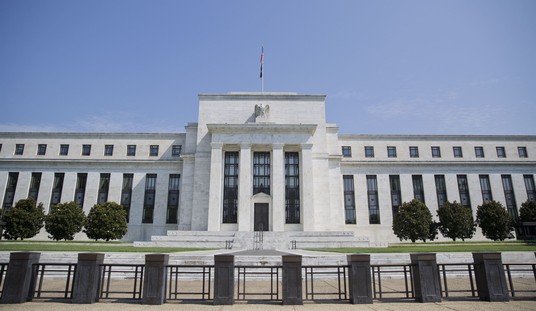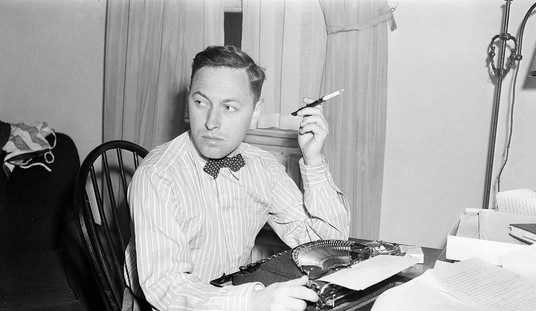A thin sliver of moon casts scant light over the mist-shrouded graveyard, not the old kind with leaning stones and angel wings, but the modern kind: neat, low markers sunk to make mowing easy, floral tributes jutting up like weeds.
At the edge of the grounds, a man moves from tree to tree, crossbow in hand, a wooden bolt already nocked. Far off, a dog barks, quickly shushed by its owner.
It’s cicada season, when chitin-bound ghosts crawl up from their earthen coffins, sing their wild brief songs, mate, and die. Their music fills the air, pervading the darkness with shrill sound that masks the hunter's soft shifting. It also, unfortunately, masks the movement of his prey. The hunter wears goggles, but he knows he must rely primarily on the senses God gave him: sharp eyes, sure hands, and the instincts that wake him before the world even knows it’s in danger.
A scent drifts on the wind: rot and something older than rot. He stops. The breeze shifts from the right.
He pivots, spots a shape that doesn’t radiate heat.
He exhales once, smooth and slow. Then he fires.
He waits for the echo to fade, then lowers the crossbow. The graveyard is suddenly silent. Somewhere in the trees, an owl calls.
Monster hunters are one of our oldest archetypes, possibly the oldest archetype. We have always needed bold men who worked within or outside the law to slay monsters, beasts of chaos who seek to destroy our order, whether that order is a small tribe huddled around a fire or an enormous city girded by walls.
The hunter stands where civilization ends. He is the thin line between life and death, the last man willing to confront what others pretend does not exist. Long before the first city rose from clay, before law or scripture or science, that figure already haunted the human imagination.
Long Ago
Before ink or iron, before language had shape, men painted stories on the stone walls of caves. By firelight, they drew the only truth they knew: that the world was full of monsters, and that survival depended on facing them.
In the caves of Lascaux and Chauvet in France, nearly thirty thousand years old, strange beasts sprawl across the walls, bulls and lions the size of dreams, and among them, figures neither human nor animal. One panel shows a horned creature towering over a stick-limbed man who thrusts a spear into its flank. The man is falling, yet the blow lands true. Another shows a man-bird hybrid, the sorcerer, standing over a herd, both master and challenger.
Across the Sahara, in the Tassili n’Ajjer caves, we find the “Great God of Sefar,” a vast round-headed being surrounded by hunters. In the Australian outback, the Wandjina spirits loom with eyeless faces and radiating halos. In every land, from the steppes to the Andes, the same pattern repeats: man, monster, weapon, and courage.
These were not decorations. They were warnings and vows, marks of the covenant between mankind and meaning. From the first spark of civilization, we understood that chaos takes form, and that to live is to confront it.
The First Epic
The oldest story we possess, The Epic of Gilgamesh, begins not with peace but with violence. Gilgamesh, part god and part man, must fight the wild man Enkidu before they can stand together against the monsters of the earth. They slay Humbaba, guardian of the forbidden forest, and later the Bull of Heaven itself.
The moral is not that killing makes heroes. It’s that judgment does. Each victory costs something: the loss of innocence, the death of Enkidu, the knowledge that no man can outwit mortality. The monster hunter’s story is always a story of moral consequence. It defines humanity by its willingness to judge between what should live and what must die.
The Slayer and the Saint
The ancient world is filled with hunters of monsters: Heracles facing the Hydra, Perseus turning the Gorgon to stone, Horus avenging Osiris by defeating Set, the god of chaos. But with the coming of Christianity, the pattern was sanctified.
Saint George no longer fought for glory but for grace. His dragon was not a beast of nature but the embodiment of evil. And behind him stood the Archangel Michael, the eternal hunter, sword lifted against the dragon that would devour the world.
In these stories, the hunt became worship. The monster was no longer only chaos; it was sin. And to slay it was to restore the world to its divine order.
The Folk Hunter
Faith did not fade into folklore; the two grew side by side. In the villages of Eastern Europe, the priest and the gravedigger shared the same task: keeping the dead in their graves. People spoke of vampires, the restless dead who fed on life itself, and they fought them with crosses, stakes, and holy water.
These hunters were not knights but farmers and fathers, men who worked by daylight and prayed by candlelight. When they dug up a grave or drove a stake through a corpse, they weren’t rejecting faith; they were practicing it. Their rituals expressed a primal truth: Evil is contagious. It spreads if not named and resisted.
By the late nineteenth century, the monster hunter entered the age of reason. Bram Stoker’s vampire hunter, Van Helsing, was not born of scholars but of an artist with a Victorian imagination still half in love with faith, half enthralled by science. The old piety had given way to modern curiosity, and the hunter now stood between microscope and crucifix, caught in the widening gap between belief and doubt.
He embodied an age that still sensed the sacred, even as it tried to explain it away.
The Modern Rift
Then came the modern age, when monsters were reinterpreted as psychology, as trauma, as misunderstood outcasts. Evil was explained away. Judgment was called cruelty.
But the myth remains because we still sense, deep down, that something hungry waits beyond our light. We still tell stories of hunters: Buffy the Slayer, the Winchester brothers, the agents of Monster Hunter International. They remind us that courage is not obsolete, and that the world still needs those willing to draw lines.
Yet in this age, the hunter finds himself alone. If there are no monsters, then he is the monster. If evil is only opinion, then judgment is sin.
And that is the final inversion — the tragedy of our times. The man who once defended life is now condemned for choosing sides.
Related: Immortality Without Judgment: How the Vampire Seduced the Modern World
The Dignity of Doing
Modern culture exalts emotion. The hunter exalts action.
He doesn’t wait for permission to defend the good. He sharpens his tools, studies his enemy, and steps into danger because someone must. Where bureaucrats make speeches, he acts. Where philosophers debate, he draws a line.
That is why the hunter myth speaks so strongly to conservatives. It honors bravery, discipline, competence, and earned mastery, all virtues that modern culture derides. It assumes that strength must serve something higher than self, that courage is moral, and that life is worth protecting.
The Left romanticizes empathy without judgment; the hunter embodies compassion with responsibility. He knows that love without defense is sentiment, not virtue.
The Cost of Duty
Hunters pay the price appetite avoids. The vampire feeds; the hunter bleeds.
But blood is only part of the cost. Though mortal, the hunter is set apart from other men. He is the one who knows too much, who has seen too clearly. The very act of facing evil exiles him from the comfort of the crowd. He can protect civilization but rarely partake in it.
Some hunters are lawmen bound by codes written by bureaucrats; others are vigilantes, following an inner compass that answers to no committee. All live with the same truth: to fight monsters that follow no rules, one must sometimes act outside the rules oneself.
The brothers of the monster hunter are many: the gunslinger, the sheriff, the superhero, the action hero. They all fight the same chaos for the same reason. They believe that good is worth defending, even when it costs them their place among the people they save.
The Code
Every true hunter lives by a code: courage before comfort, civilization before chaos, vigilance before complacency.
Without lines, without borders, there is no life.
The vampire blurs the line between life and death, beauty and decay, love and lust. The hunter draws that line again with each bolt, each silvered blade, each prayer whispered in the dark.
This is why conservatives recognize him instinctively. The code of the hunter mirrors the moral code of a free people: self-mastery, conviction, and the belief that goodness must sometimes fight.
He doesn’t seek utopia. He seeks order. He does not dream of erasing sin, only of containing it. He fights not because he hates what is in front of him, but because he loves what is behind him.
As dawn rises, the hunter puts away his weapon. The fog burns away; the graves stand quiet. He has survived another night, but he knows it will not be the last.
Evil doesn’t rest — and neither do those who remember what evil is. But the monster hunter knows monsters can be slain.









Join the conversation as a VIP Member